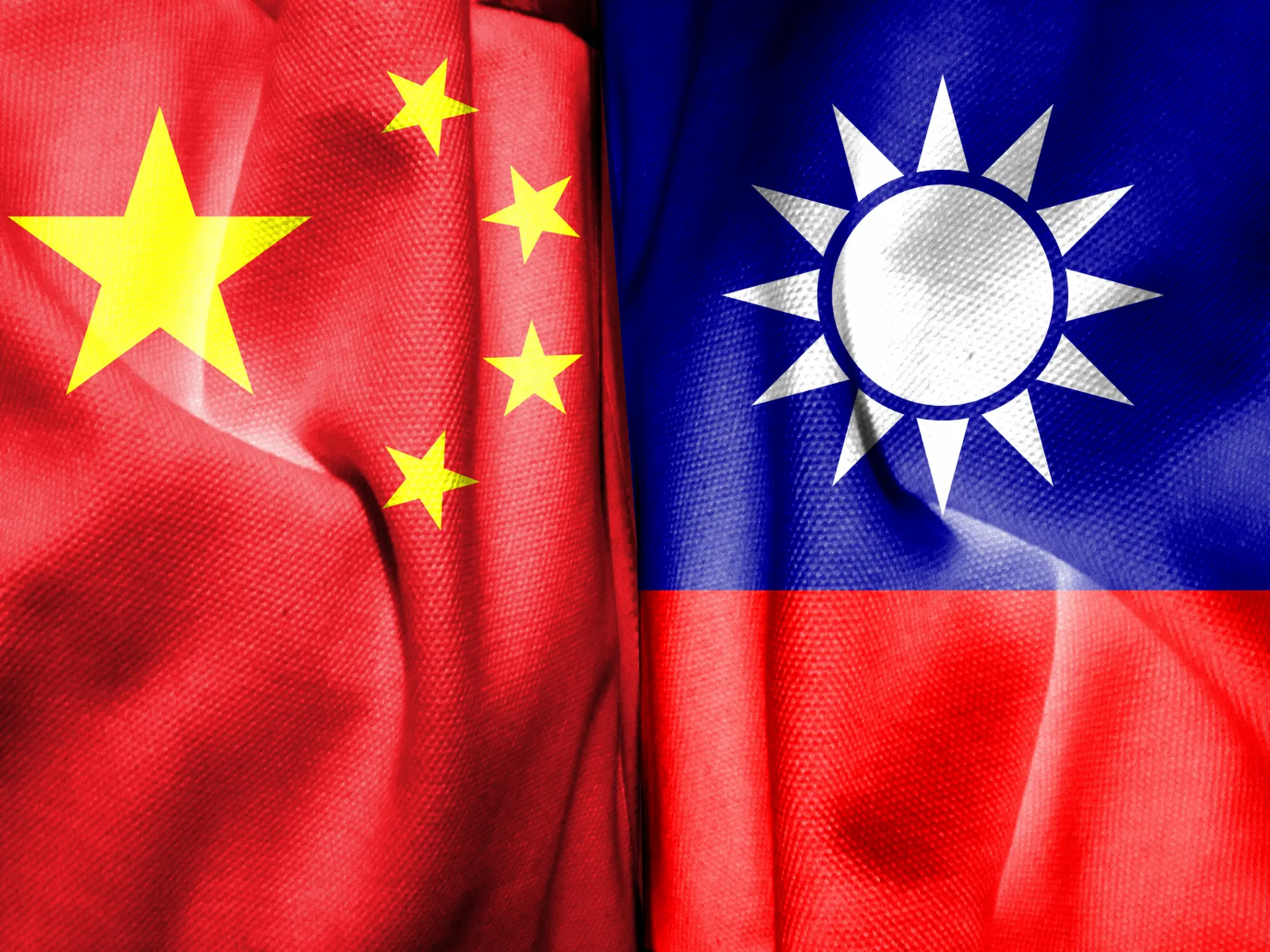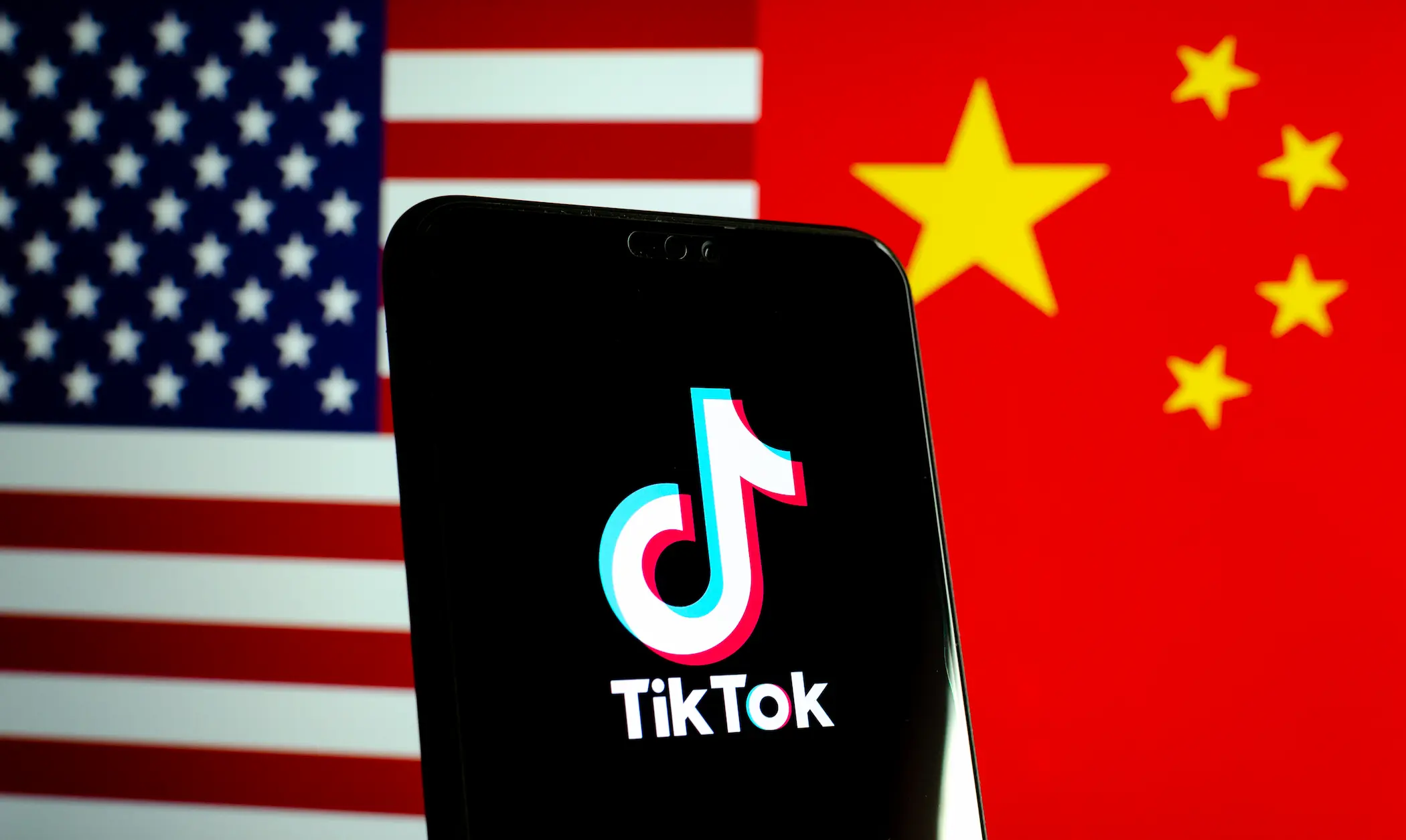Following the First and Second World Wars, the world order was founded on open international trade to ensure peace and security. Where the major powers realized that the two world wars occurred as a result of international competition over resources and markets, and therefore the Bretton Woods system came intending to establish a stable international monetary system that encourages global economic cooperation. Its main objective is to avoid the destabilising effects and competitive devaluations of currencies that were used in the period between and before the two world wars, to provide a framework for the free international exchange of goods and services, and to promote economic growth and stability in the long term.
As a result, three major international economic organisations were established to preserve and protect this freedom, where the International Monetary Fund aims to protect and liberalise exchange systems, while the World Bank attempts to raise the consumption capacity of the world’s population through poverty reduction, and the World Trade Organization works to maintain the free flow of goods and services among countries so that global markets become a reality. The World Trade Organization established a method for achieving this liberalisation through trade liberalisation rounds, in which member countries gather to cut tariffs on a specific kind or set of goods. Five major rounds were held, with the first four successfully fulfilling their objectives.
While the fifth was in Doha, held from 2001 to 2015, and failed to reduce the protectionist measures imposed by developed countries on their agricultural sector. The Doha Round became a milestone in globalisation, and free trade lost its momentum. Some even began to date the decline of globalisation in 2015.
Since 2015, the United States (US) has been engaged in trade wars with its trading partners through direct protectionist measures to reduce the commodity trade deficit. The US has made no distinction between allies and adversaries, and its trade disputes have affected countries such as China, Europe, Mexico, etc.. these actions appeared to be a war waged by the US on the ideals of free trade, which it had previously championed for nearly half a century, The following map shows the most important countries against which the US wages trade wars:
Hence, this analysis examines the US’ protectionist policies against its trading partners, particularly China and Europe, and their responses, which increasingly threaten the stability of the global trade system itself.
US-China Tariff War
Since July 2018, the US has waged a trade war against China after accusing it of engaging in practices that harm trade relations between the two countries and contribute to an increase in the US trade deficit in favour of China during the past ten years, as shown in the figure below:
The figure illustrates the rapid development of the bilateral deficit between the two countries, which rose from $268 billion in 2008 to $418 billion in 2018. The US attributed this development to China’s improper trade practices adopted by China, the most prominent of which were:
Intellectual property theft: China has been accused of stealing the intellectual property of Western firms, particularly American ones, whether through piracy, imitation, or reverse engineering.
Unfair government subsidies: The US has accused China of providing unfair government subsidies to Chinese firms to give them a competitive advantage over global competitors.
Currency manipulation: China has been accused of manipulating its currency to increase its exports’ competitiveness on the global market.
Market access: The US has expressed concerns about foreign companies’ lack of access to Chinese markets, particularly in the technology industry.
Technology transfer: The US has accused China of forcing US companies to transfer technology and intellectual property to gain access to Chinese markets.
Based on these claims, the US imposed tariffs on an increasing number of Chinese imports in six rounds over nearly a year and a half, totalling $944 billion, as indicated in the table below:
US-China Technological War
After the trade war between the two parties stopped, the US started a new type of trade war, later referred to as “the technological war,” to halt Chinese companies’ technological advancement and prevent them from possessing technology matches or better than that owned by US companies, and among the most important of them were the following:
Export controls: The US has restricted the export of certain technologies to China, including semiconductors, software, and other critical technologies. For instance, the US Department of Commerce has restricted exporting advanced microchips to Chinese companies, such as Huawei and Semiconductor Manufacturing International Corporation. These measures aim to prevent the transfer of sensitive technology to China, which the US government considers a potential national security threat.
Investment restrictions: The US has limited Chinese investment in some crucial sectors, including technology infrastructure. For instance, to prevent Chinese firms from acquiring sensitive technologies or seizing control of essential infrastructure, such as ports and communication networks, the Committee on Foreign Investment in the United States (CFIUS) has increased its scrutiny of Chinese investments in US technology companies.
Blacklisting Chinese companies: The US Department of Commerce has blacklisted various Chinese technology companies, including Huawei and ZTE, limiting their ability to do business with US companies. For instance, in May 2019, Huawei was added to the Entity List, which prohibits US companies from engaging in transactions with the company unless they obtain a license. This is due to concerns about these companies’ ties to the Chinese government and the possibility of them posing national security threats. As of July 25, 2022, the number of Chinese companies on the Entity List continued to grow, as illustrated in the figure below:
Blocking mobile-based applications: Due to concerns about data privacy and security, the US has blocked several Chinese-owned apps, including TikTok and WeChat. In August 2020, President Trump signed an executive order that would have effectively banned TikTok and WeChat in the US. However, this ban was later lifted by court orders.
Protectionist Measures Against US Allies
The United States implemented protectionist measures not only against its political opponents but also against its closest allies. Tariff wars were waged against Mexico, India and Europe, with the US claiming unfair trade and government support for industries, specifically in Europe. Here is a breakdown of the protectionist measures taken by the US against each of these countries.
Mexico: In May 2018, the US initiated a global trade war on iron imports from most countries. Mexico was also affected, with a tariff of 25% imposed on steel and 10% on aluminium, totalling approximately $2.8 billion. Then in May 2019, former President Donald Trump launched a campaign of 5% tariffs on all imports from Mexico. These tariffs were set to take effect on June 10, 2019, and gradually increase to 25% if the flow of illegal immigrants doesn’t stop from Mexico.
The US’ imports from Mexico constitute Approximately 14.3%, of its total imports from the world. For example, it amounted to $101 billion worth of cars, $66 billion of electrical equipment, and $64 billion of optical and medical equipment. Therefore, the increase in tariffs from 5% to 25% on these imports was seen as a significant blow to the Mexican industrial sector, potentially leading to the relocation of factories to the US and potentially paralysing the Mexican economy. As a result, Mexican authorities complied with US requests and remained silent until the tariffs were lifted in early 2020.
India: Trade tensions between the United States and India have posed a constant challenge to the US administrations over the past few years, due to India’s strategic importance and the US dependence on it to contain the rise of China.
These tensions were precipitated by a series of export restrictions and customs procedures initiated by the United States based on the same charges that fuel concerns regarding national security, intellectual property protection, and the bilateral trade balance.
In 2018, the United States began imposing tariffs on Indian-origin steel and aluminium imports, citing national security concerns. In response, India responded with tariffs on a range of American goods including almonds, apples, and motorcycles.
In addition to this, another point of contention is the export restrictions on some technological products, such as advanced processors and integrated circuits, as the United States imposed these restrictions to prevent the transfer of advanced American technology to other countries, which prompted India to express concerns about these restrictions, on the pretext that it could It harms its technological industry and may impede its economic growth.
The United States has also been criticizing Indian intellectual property protection policies in particular, as the US companies have considered that what India is offering in this regard is insufficient and fails to protect its patents and copyrights in the Indian market.
In addition, the two nations are locked in a dispute over India’s preferential treatment of domestic producers in several industries, most notably the consumer electronics industry.
The two countries engaged in negotiations aimed at resolving some of these issues and improving comprehensive trade relations, but progress was slow, and the two sides continued to implement various measures aimed at protecting their industries and interests, so the trade tensions remained a difficult and ongoing challenge for both nations.
European Union: Successive American governments accused Europeans of attempting to give their industries a comparative advantage over US industries and thus began to wage a tariff war against them as part of a broad protectionist campaign, targeting primarily steel and aluminium, in the same context as Mexico, where the tariffs included 25 per cent on steel, and 10 per cent on aluminium, on $7.5 billion worth of goods and merchandise.
The European Union responded with similar tariffs on $4 billion worth of US imports, the most significant of which are aircraft, smoke, and a large number of food products. With the escalation of the dispute, the European Union Commission and the U.s. president of America agreed to settle the dispute in 2021.
However, the dispute will arise again with the adoption of the 2022 Inflation Reduction Act by the US President, which aims to provide generous support for renewable energy industries produced on US soil, attracting a large number of European companies to US; Europe responded by updating its plan to support renewable energy and combat thermal emissions.
To sum up, The US is currently engaged in a fierce battle against free trade. This began after trade liberalisation negotiations conducted by the World Trade Organization, threatening the support for the US agricultural sector, and the trade deficit between the US and its trading partners – whether allies or adversaries – continued to increase. Therefore, successive US administrations concluded that ending the free trade system is the ideal way to reduce the trade deficit with these partners., and the US started waging trade and technological wars and still is….
References
At the Crossroads: The World Trading System and the Doha Round. At the Crossroads: The World Trading System and the Doha Round. 2008;
International Trade Data Main Page [Internet]. [cited 2023 Jul 19]. Available from: https://www.census.gov/foreign-trade/data/index.html
Here are the reasons for Trump’s economic war with China | Donald Trump | The Guardian [Internet]. [cited 2023 Jul 19]. Available from: https://www.theguardian.com/us-news/2019/aug/23/trump-china-economic-war-why-reasons
A quick guide to the US-China trade war – BBC News [Internet]. [cited 2023 Jul 19]. Available from: https://www.bbc.com/news/business-45899310
Trump’s Trade War Timeline: An Up-to-Date Guide | PIIE [Internet]. [cited 2023 Jul 19]. Available from: https://www.piie.com/blogs/trade-and-investment-policy-watch/trumps-trade-war-timeline-date-guide
Gatsios K. Preferential tariffs and the ‘most favoured nation’ principle: A note. J Int Econ. 1990 May 1;28(3–4):365–73.
Phase One | United States Trade Representative [Internet]. [cited 2023 Jul 19]. Available from: https://ustr.gov/phase-one
China – U.S. Export Controls [Internet]. [cited 2023 Jul 19]. Available from: https://www.trade.gov/country-commercial-guides/china-us-export-controls
No Timeline Set for Writing US Rules on Certain Investment to China [Internet]. [cited 2023 Jul 19]. Available from: https://www.voanews.com/a/no-timeline-set-for-writing-us-rules-on-certain-investment-to-china-/7119416.html
US approved 192 licenses for exports to blacklisted Chinese firms early 2022 | Reuters [Internet]. [cited 2023 Jul 19]. Available from: https://www.reuters.com/markets/us-approved-192-licenses-exports-blacklisted-chinese-firms-early-2022-2023-03-04/Federal Register ::
Protecting Americans’ Sensitive Data From Foreign Adversaries [Internet]. [cited 2023 Jul Available from: https://www.federalregister.gov/documents/2021/06/11/2021-12506/protecting-americans-sensitive-data-from-foreign-adversaries
FP’s Guide to the U.S.-Mexico Trade War – Foreign Policy [Internet]. [cited 2023 Jul 19]. Available from: https://foreignpolicy.com/2019/06/07/fps-guide-to-the-u-s-mexico-trade-war/
U.S.-India Trade Turbulence: Quieter, Not Gone [Internet]. [cited 2023 Jul 19]. Available from: https://www.csis.org/analysis/us-india-trade-turbulence-quieter-not-gone
Trump’s Mini-Trade War with India | PIIE [Internet]. [cited 2023 Jul 19]. Available from: https://www.piie.com/blogs/trade-and-investment-policy-watch/trumps-mini-trade-war-india
Chadha R, Pohit S, Pratap D. The US–China Trade War: Impact on India and Other Asian Regions. https://doi.org/101177/26316846211038223 [Internet]. 2021 Aug 30 [cited 2023 Jul 19];3(2):144–68. Available from: https://journals.sagepub.com/doi/abs/10.1177/26316846211038223
US and Europe Wrangle Over Green Subsidies to Avoid a Trade War – Bloomberg [Internet]. [cited 2023 Jul 19]. Available from: https://www.bloomberg.com/news/articles/2023-04-03/us-and-europe-wrangle-over-green-subsidies-to-avoid-a-trade-war












Comments